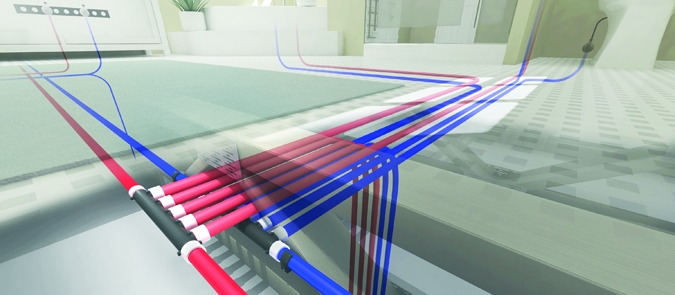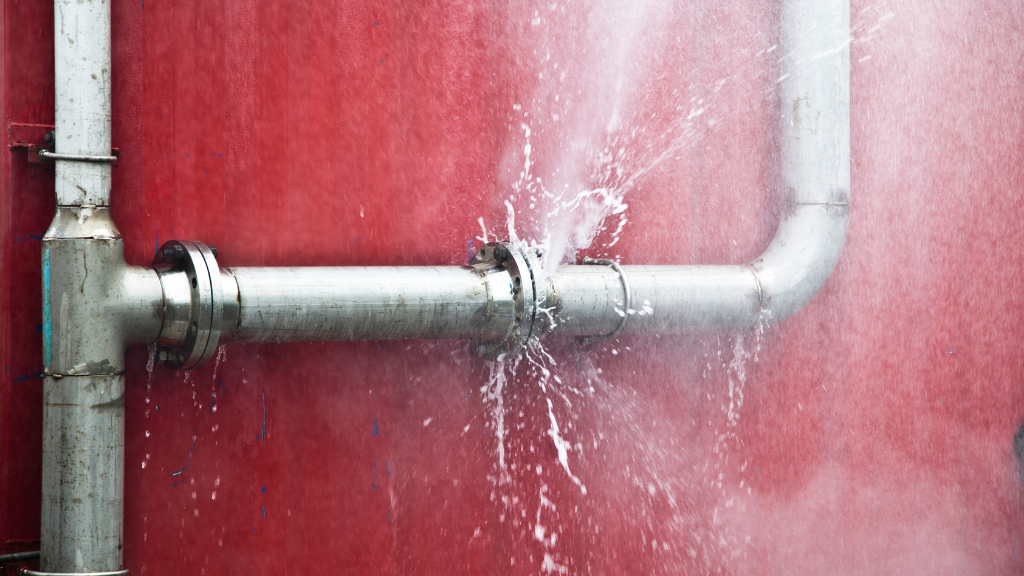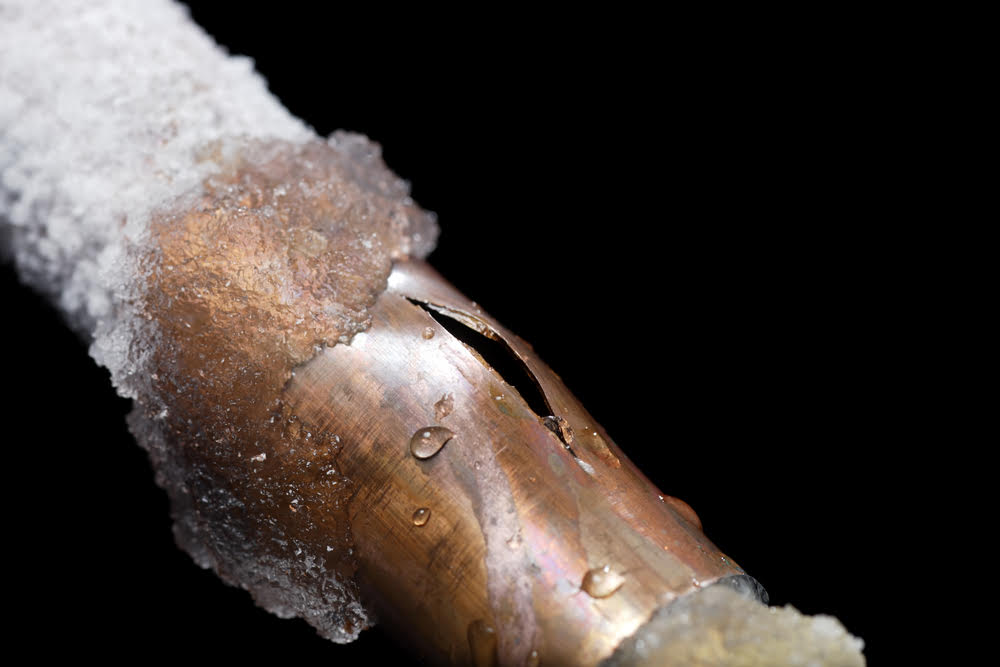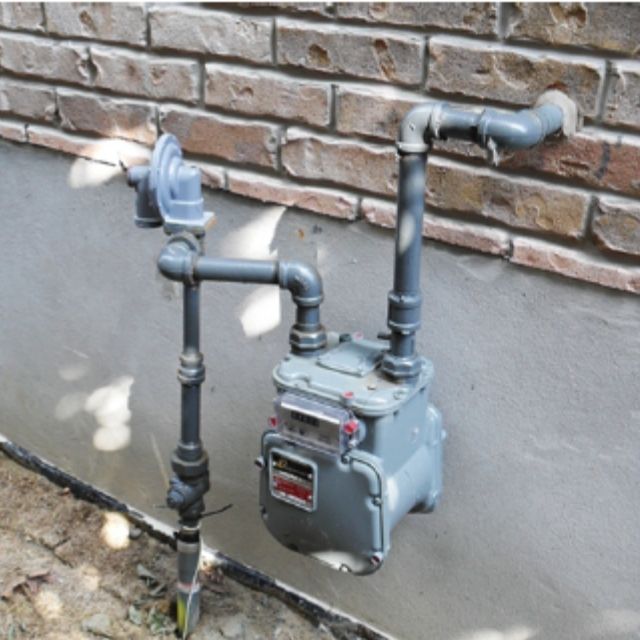Your home’s plumbing system is like its hidden backbone, quietly working to ensure your comfort. Over time, however, these pipes can deteriorate, leading to problems that disrupt your daily life. To avoid these and save costs that serious damage could incur, there are certain signs you must always be on the lookout for.
What is Repiping?
Repiping refers to the process of replacing all the water pipes within a residence. Old buildings frequently suffer from corroded, rusted, or otherwise compromised piping systems that can affect water quality and flow. Professionals carry out this extensive procedure by meticulously removing old pipes and installing new ones. The goal is to restore a home’s plumbing system to optimal functionality, as well as protect it from leaks and other potential hazards.
While some homeowners may opt for partial repiping, a complete overhaul ensures every section of the plumbing system is in top condition. With this approach, the risk of future problems is minimized since all weak points in the network are addressed at once. Most often implemented as a proactive measure or a necessary upgrade, repiping uses current materials and technology to enhance a home’s infrastructural integrity.
Signs That Your Home Might Need Repiping
For one, discolored water coming from your taps is usually a sign that your pipes are corroded. When interior pipes degrade, rust and other minerals infiltrate the water supply—which are harmful to your health and could degenerate into worse plumbing issues.
Persistent leaks also, despite regular repairs, suggest deeper problems within the plumbing architecture. The recurrence of such leaks points to the fact that the pipes themselves, rather than the connections or fixtures, may be failing and need comprehensive replacement.
Meanwhile, reduced water pressure can signal sediment buildup or corrosion narrowing the pipes interior, resulting in a lesser flow. This obstacle not only disrupts daily usage but might also signal vulnerabilities prone to future breaches and leaks.
Finally, an increase in water bills without a corresponding rise in consumption may hint at hidden leaks caused by deteriorating pipes. If you notice any such occurrence, it’s best to inspect your plumbing system to guarantee its integrity and carry out a repipe in case you spot any major issues.
Steps Involved in Repiping
The first step usually involves Initial assessments by the plumber, to determine the extent of damage and the scope of the repiping needed. It is this evaluation that will guide the selection of materials and outline the project’s trajectory, to ensure the chosen solutions are tailored to the home’s specific requirements.
Once the plan is in place, skilled technicians proceed to carefully remove the old, defective piping. To minimize structural disruption and forestall collateral damage to the home, this removal process must be thorough yet calculated. Following removal, the professionals begin the installation process, in adherence to building codes and best practices.
After the installation is complete, the new pipes must be rigorously tested to ensure their functionality and the absence of leaks. The authorities may also perform final plumbing inspections to confirm the system’s compliance with local regulations before the project is deemed successfully finalized.
Choosing the Right Plumbing Service for Repiping
Selecting a qualified plumbing service for repiping is necessary for the success of the project. Ideally, you should look for licensed professionals with a solid track record in complete plumbing overhauls.
Experience matters when handling something as substantial as repiping. A reputable service will have the necessary expertise to diagnose the full extent of issues and implement an effective solution tailored to your home’s specific needs.
Quality of materials and adherence to industry standards are also non-negotiable. The right plumbing service will use durable pipes and fittings, ensuring your new plumbing system withstands the test of time and usage.
Meanwhile, you’re better off dealing with a team that prioritizes transparent communication and a clear outline of costs, timelines, and expected disruptions. A plumber who is committed to keeping you informed throughout the entire repiping process is going to be worth the investment.
Repiping Solutions You Can Rely On
At Keemer Plumbing, we specialize in comprehensive plumbing services tailored to address these warning signs before they escalate. Our expert team is dedicated to restoring your plumbing system’s efficiency and reliability promptly, ensuring your home remains safe and comfortable. Don’t wait until it’s too late—contact Keemer Plumbing today for a thorough inspection and expert consultation!





